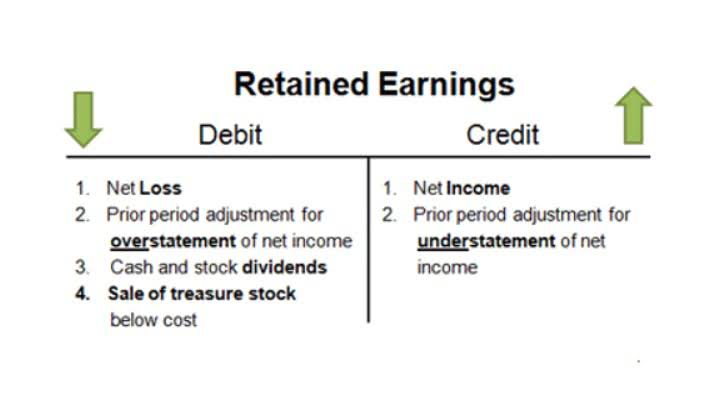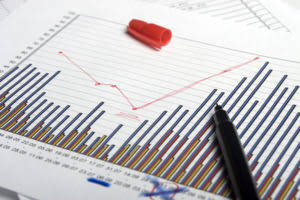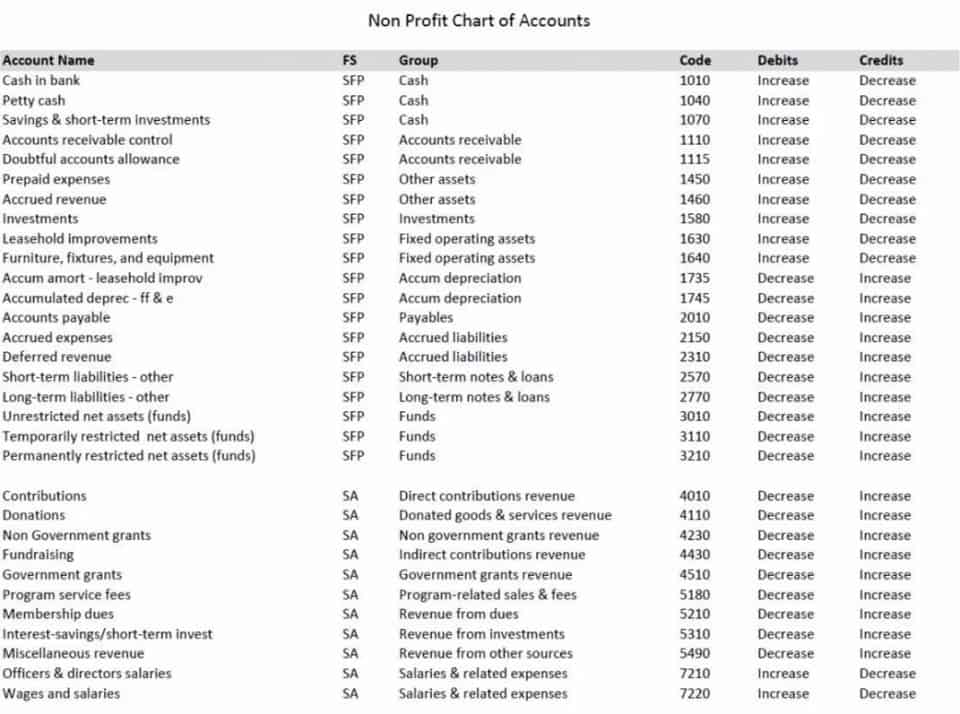
On the other hand, low credit Certified Bookkeeper ratings might lead to higher interest rates due to increased risk. As a result, companies with strong credit ratings can typically access capital at a lower cost. The cost of debt refers to the effective interest rate paid on the company’s total debt. This value is usually an estimate, particularly if calculated using averages. The amount paid in interest expenses varies from item to item and is subject to fluctuations over time. Not only are you paying the principal balance, but you’re also responsible for the interest.

Cost of Debt vs. Cost of Equity
The average interest rate is calculated by taking all of the interest paid for the year and dividing it by the total debt. Your effective tax rate is the total federal income tax you pay as a percentage of your total income. Although you can use APR when calculating your cost of debt, using your effective interest rate is a more accurate method. The cost of equity is the cost of paying shareholders their returns.
What happens to the cost of debt when financial leverage increases?

The Cost of Debt is the minimum rate of return that debt holders require to take on the burden of providing debt financing to a certain borrower. Since the interest paid on debts is often treated favorably by tax codes, the tax deductions due to outstanding debts can how to find cost of debt lower the effective cost of debt paid by a borrower. Business owners can deduct any paid interest on taxes at the end of the year as a business expense.
Interpreting the Results and Making Informed Decisions
Here are options if your business is having trouble paying its debts. Instantly, compare your best financial options based on your unique business data. Know what business financing you can qualify for before you apply, with Nav. If you’re just focusing on your loan’s monthly payment and not diving in deeper to analyze the true cost you’re paying, you might be spending more than necessary on your debt.
- It represents the total return anticipated on a bond if it’s held until it matures.
- This rate will help us complete our next calculation — after-tax cost of debt.
- The inclusion of the Cost of Debt among its array of metrics further amplifies its utility, enabling users to evaluate the cost implications of debt financing with ease.
- Credit cards are often used for smaller, more flexible expenses, but they usually come with higher interest rates.
- On the other hand, low credit ratings might lead to higher interest rates due to increased risk.
The lower your interest rates, the lower your company’s cost of debt will be — you want the lowest cost of debt possible. Interest payments on debt are often tax-deductible, resulting in tax benefits for businesses. To arrive at the after-tax cost of debt, you need to adjust for these tax benefits. This trial balance can be done by multiplying the cost of debt by (1 – tax rate).
Conversely, when interest rates are high, the cost of borrowing increases for companies. One important aspect to consider when calculating the cost of debt is the impact of taxes. Since the interest paid on business debt is tax-deductible, the net cost of debt is often expressed as the after-tax cost of debt. This is calculated by multiplying the pre-tax cost of debt by (1 – tax rate). Debt refers to borrowed money that needs to be repaid with interest over time, while equity involves raising funds by selling ownership shares of the business.

- Your effective tax rate is the total federal income tax you pay as a percentage of your total income.
- She also writes and edits articles on personal finance — her work has appeared in Bankrate, Business Insider, USA Today, NBC News, Inc Magazine, and more.
- It symbolizes opportunity, responsibility, and strategic foresight.
- Taking the time to determine potential costs accurately can help you better model financial scenarios, forecast growth opportunities against expenses, and determine breakeven points.
- Tax laws and regulations dictate the statutory tax rate that a company is obligated to pay on its taxable income.
- The weight of equity represents the proportion of equity in the total capital structure.
But you don’t have to be a hedge fund manager or bank to calculate your company’s cost of debt. Businesses calculate their cost of debt to gain insight into how much of a burden their debts are putting on their business and whether or not it’s safe to take on any more. Determine the cost of equity, which represents the rate of return expected by equity investors. The cost of equity is typically estimated using models such as the Capital Asset Pricing Model (CAPM) or Dividend Discount Model (DDM). Market conditions and interest rate fluctuations can significantly impact the cost of debt. When interest rates are high, businesses may face higher borrowing costs.